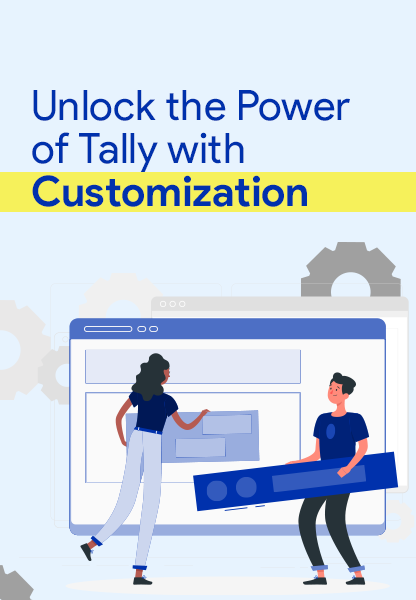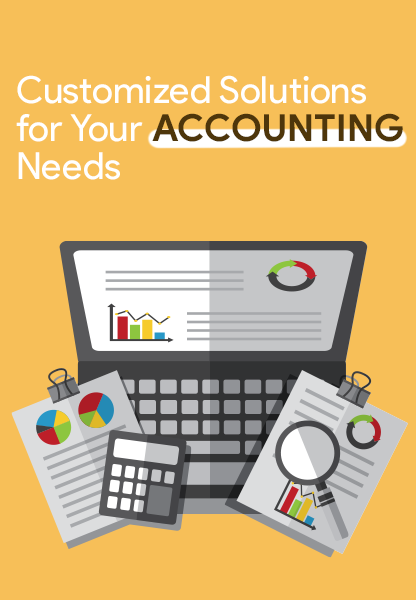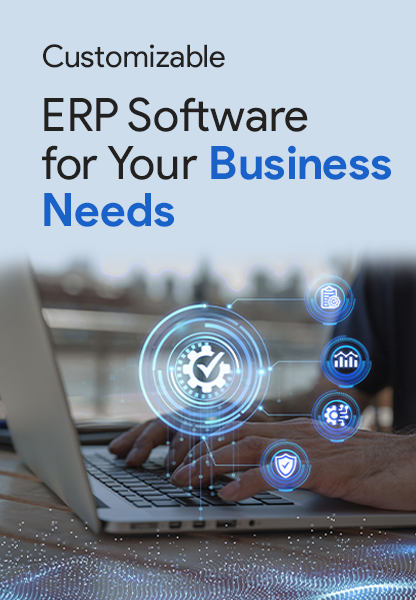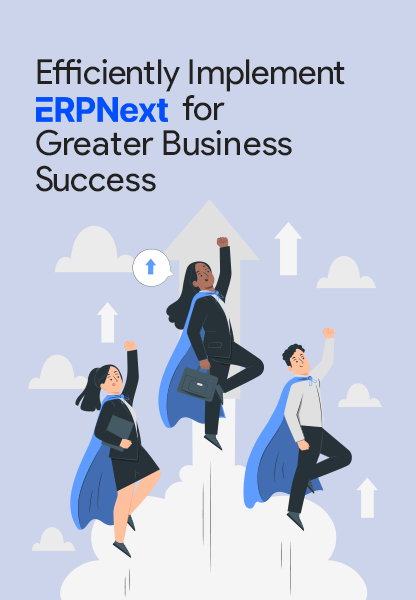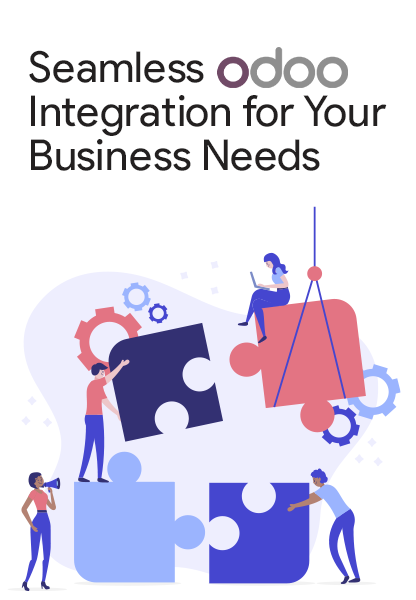
ERP Customization vs. ERP Configuration: Choosing the Right Approach
ERP Customization vs. ERP Configuration
Enterprise Resource Planning (ERP) systems are powerful tools that streamline business processes, enhance productivity, and drive growth. When implementing an ERP system, businesses often face a critical decision: whether to customize or configure the software. While customization and configuration both aim to tailor the ERP system to meet specific requirements, they differ in terms of flexibility, complexity, cost, and long-term implications. In this article, we will explore the differences between ERP customization and configuration to help businesses make informed decisions.
- ERP Configuration
: ERP configuration involves setting up the system using built-in features and functionalities to align with a business's processes and requirements. During configuration, businesses utilize the pre-defined options and parameters provided by the ERP vendor. This approach is generally faster, simpler, and less expensive compared to customization. Configuration allows businesses to tailor the ERP system to their specific needs by selecting options, defining workflows, and adjusting settings. It is suitable for businesses that have standardized processes and can adapt their operations to fit within the framework of the ERP system.
Benefits of ERP Configuration:
- Faster implementation
: Configuration relies on the system's existing capabilities, allowing for quicker deployment.
- Lower costs
: Since configuration utilizes built-in features, it requires less development effort and reduces customization costs.
- Easier upgrades
: Configuration ensures smoother system upgrades, as customizations may cause compatibility issues during updates.
- Vendor support
: As configuration relies on standard features, vendors can provide support and maintenance more effectively.
- ERP Customization
: ERP customization involves modifying the ERP system's source code or adding new code to meet specific business requirements that cannot be addressed through configuration alone. Customization allows businesses to tailor the ERP system to their unique processes, industry-specific needs, or competitive advantages. This approach offers maximum flexibility, but it comes with increased complexity, longer implementation timelines, and higher costs. Customization requires specialized development skills, and businesses should carefully evaluate the long-term impact on system maintenance, future upgrades, and vendor support.
Benefits of ERP Customization:
- Tailored solution
: Customization allows businesses to create a unique ERP system that precisely aligns with their specific requirements and processes.
- Competitive advantage
: By customizing the ERP system, businesses can gain a competitive edge by implementing unique functionalities or industry-specific features.
- Process optimization
: Customization enables businesses to optimize workflows, automate manual tasks, and integrate with other systems or external applications.
Factors to Consider
: When deciding between ERP customization and configuration, businesses should consider the following factors:
- Business processes
: Evaluate the extent to which your existing processes can align with the ERP system's configuration options.
- Cost and budget
: Customization typically involves higher costs due to development efforts and ongoing maintenance.
- Flexibility vs. stability
: Customization offers maximum flexibility but may lead to complexities and challenges during system upgrades.
- Industry-specific needs
: Consider whether your business requires specific functionalities that can only be achieved through customization.
- Timeframe
: Customization often extends the implementation timeline, so consider the urgency and time constraints for deploying the ERP system.
Conclusion:
Choosing between ERP customization and configuration is a significant decision that impacts the effectiveness and long-term success of your ERP implementation. ERP configuration offers a faster and more cost-effective approach, suitable for businesses with standard processes. On the other hand, ERP customization provides maximum flexibility, allowing businesses to create tailored solutions to meet unique requirements. It is essential to carefully evaluate your business needs, budget, and long-term goals to determine the right approach. Consulting with ERP experts, assessing the impact on future upgrades and maintenance, and considering the trade-offs between customization and configuration will help businesses make informed decisions and maximize the benefits of their ERP system.



